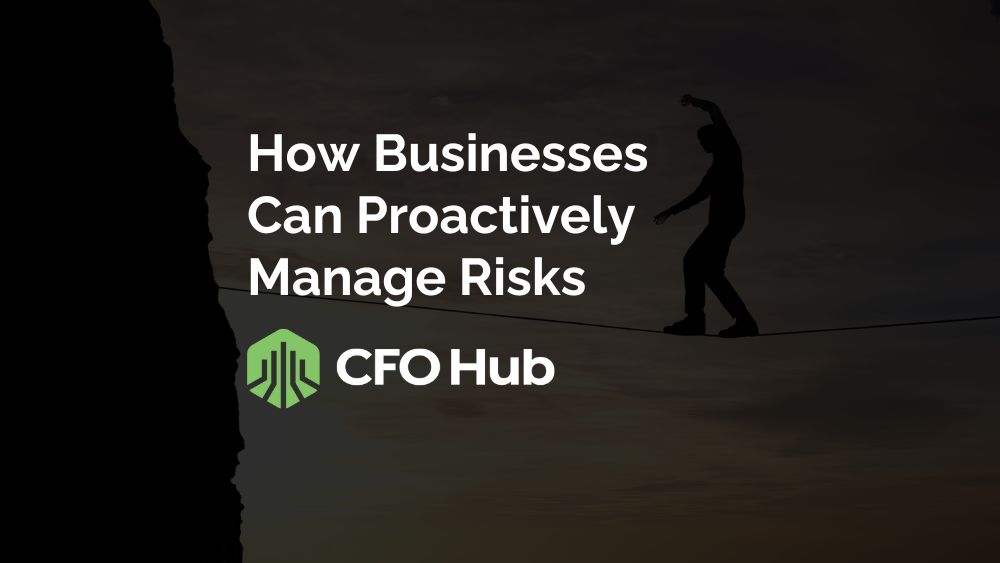In the fast-paced and always-changing business environment, being able to deal with risks is not only a benefit but also essential for long-term survival and development. Effective risk management means businesses can handle uncertainties, stopping possible dangers before they have a big impact.
In this post, we will talk about how businesses can improve their risk management strategies, transitioning from merely identifying risks to taking action ahead of time.
Currently, businesses face various risks. These can range from financial issues and problems in operations to wrong directions for strategy or not following rules correctly. The changes happening in worldwide geopolitics and economic instability emphasize why businesses must keep an alert eye on managing risk.
For instance, the results of the 2022-2023 Global Risks Perception Survey (GRPS) emphasize the urgency of this vigilance. Most participants in the survey listed energy supply crisis, cost-of-living crisis, increasing inflation, food supply crisis and cyberattacks on critical infrastructure as the top risks with high potential global effects. These risks highlight the varied and interconnected challenges which companies encounter nowadays. This confirms the necessity for a thorough identification of risk and the readiness to take action quickly and efficiently.
The Role of Technology in Risk Identification
Using technology is essential for finding possible risks accurately and quickly. Advanced analytics and big data are crucial in order to sift through huge amounts of information, spotting oddities and risk patterns. Companies that are concerned about money safety and the rules they follow must invest in strong technologies.
Take, for example, sanctions screening solutions. These tools are indispensable for ensuring anti-money laundering compliance and they assist businesses in protecting themselves from financial crimes.
Sanction screening solutions make confirming and tracking transactions against worldwide as well as local regulatory watchlists simpler. They also improve the effectiveness of compliance departments by lessening false positives and quickening the checking process. These types of technologies fit smoothly into current financial systems, guaranteeing that businesses can maintain strong adherence to rules without interrupting their operational workflows.
Implementing a Proactive Risk Assessment Framework
Adopting a proactive risk assessment approach is a strategic method that identifies and evaluates risks, prioritizing them based on their potential impacts. This framework should be seamlessly integrated into the company’s overall strategy, ensuring that risk assessment is a continuous, rather than a one-time, process.
This integration gives businesses the ability to keep an eye on possible dangers and modify their plans immediately, ensuring resilience and adaptability. The framework also benefits from scenario planning and simulations, helping organizations to predict different results and test their readiness.
Training and Culture: Empowering Employees to Manage Risks
Educating employees and fostering a culture of being aware of risks serve as early warning systems within the company. Training employees on the nuances of risks and effective management practices supports an environment where everyone is proactive and responsive.
Developing risk awareness is crucial. It enables the organization to detect potential threats early, mitigating them before they escalate. Regular learning opportunities, such as workshops and webinars, keep staff up-to-date with the latest risk management practices and compliance requirements.
Leveraging External Expertise and Partnerships
Though inner abilities are crucial, interacting with outside advisors and forming strategic alliances can add further knowledge and viewpoints to the process of risk management.
These collaborations can give access to specific expertise and advanced resources that might not be present within the company. Moreover, external experts can bring neutral viewpoints and inventive resolutions, which can be crucial for enhancing the business’s risk handling methods.
For example, working with a personal injury lawyer can help businesses navigate legal risks related to workplace safety and liability. These legal professionals can offer valuable insights into compliance with safety regulations, employee protection laws, and claims management, and help companies avoid costly damage.
Final Thoughts
In today’s business world, active risk management is crucial. When risk management becomes a part of the organization’s core, it guarantees that businesses are ready for any difficulties they may encounter.
As we have seen, to identify risks, you can use advanced technology, create a risk-aware culture and adjust strategies in real time. Every stage is essential for securing the future of your business. Don’t forget to continually develop your risk management practices so you can flourish even in an intricate and uncertain world.
This holistic approach ensures that you’re well-prepared to handle potential risks and also positioned to capitalize on opportunities that arise from a well-managed risk landscape.
Mark is an accounting and finance professional with over a decade of experience in public accounting and consulting. As both an accountant and entrepreneur, he is passionate about helping clients strategically organize and grow their businesses to reach their goals.
Visit Mark's Expert Hub to learn more about his experience and read more of his editorial content

